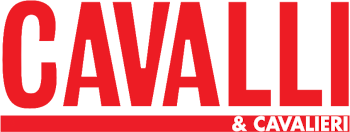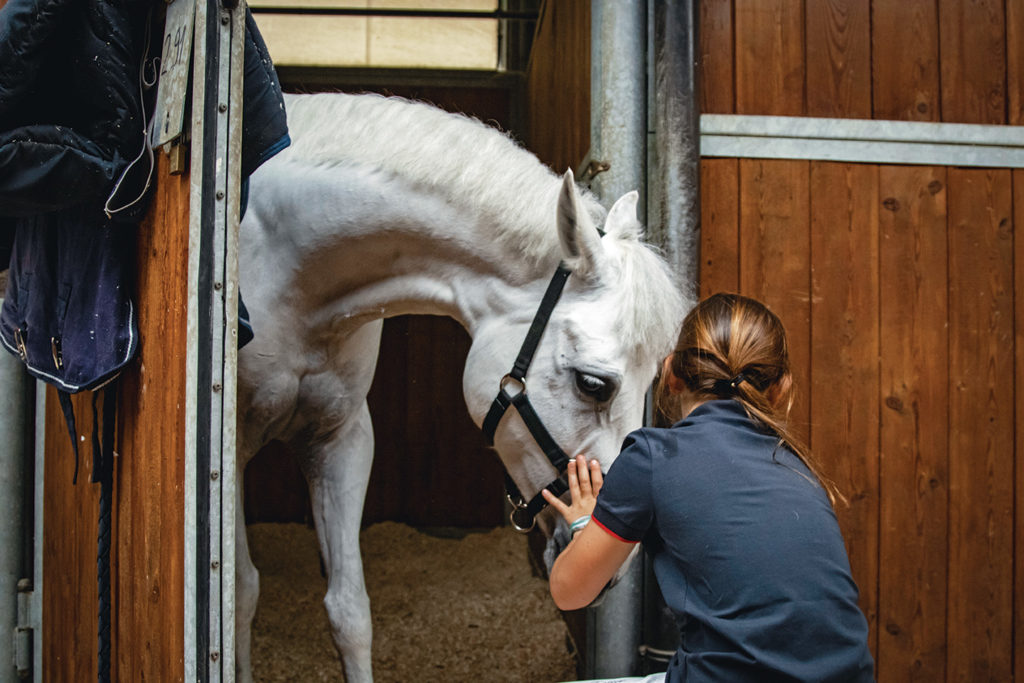Text by Horses & Law
All of our articles are based on real events and have been legally researched for this purpose. In this article, we address a scenario based on an event that happened at the beginning of the year. The consequences have been thoroughly examined and we are still dealing with them today.
During the 2023 Toscana Tour, whilst leading my mare back to the stables after showering her, a drain that was placed on the path where we were walking gave way under her leg, resulting in it falling through. This particular drain was made of concrete and wood; it looked stable, therefore at the time of the event, I assumed it was not slippery or dangerous to walk on.
The vets on site at the Arezzo Equestrian Centre on the day were called to inspect the mare; they did a great job under the supervision of the stewards and the FEI vets [their presence is necessary in these events, as an official witness is needed].
At the end of surgery/treatment I asked the vets to provide me with an invoice as at the time, being the rider, I was responsible for the horse [the owner is responsible for the horse, as well as paying the expenses of any veterinary intervention; if they are not present the athlete is responsible].
On that day I was advised by the vets and stewards not to worry about the cost of the surgery/treatment as the insurance would have looked after those expenses, since the accident happened during an event organised by FISE and FEI [the event happened during the boundaries of the equestrian centre and was not caused by a third party].
The next day, the mare had to go back at her own stables to avoid more stress; to make this happen, unplanned transport had to be booked. [this was obviously invoiced at an extra cost].
Of course, after this, many more vetenary visits needed to be carried out, as well as assistance and treatments carried out at the home stables, which obviously incurred in more expenses, this caused ulterior stress and additional costs. [the person responsible for the horse will need to take care of the bills which they will then be able to claim back].
The clinical situation of the mare was not very straight forward. Even if the damage caused from the fall in the drain was not permanent, it caused a significant wound from the knee down, as well as acute periostitis that was causing pronounced lameness.
It took two months of box rest, many x-rays, scans, recurring vet visits, laser therapy and daily electromagnetics therapy using the Bemer Italia Boot, before the mare was able to slowly start working again on the third month.
Obviously, it took a lot longer for the mare to be able to start jumping again, and of course even more time passed before she was able to compete again. Only after five months we can say the mare is at a fairly good fitness level.
Consequences: missing competitions, interruption of horse’s and rider’s education and experience, as well as high expenses such as vet bills at the time of the accident etc [even if legally the emergency vet bill should be reimbursed, the vet can demand that immediate payment is made by the owner, which will subsequently be reimbursed, or at the end of treatment].
This is where we are now: Who is responsible for the incident? Who should be paying the bills? Should the owner be reimbursed? The secretary of the show organisation committee declared to have communicated to the Federation a request of opening the case with the insurance company.
A few weeks after the incident [opening an insurance claim always takes a few days], I ask information to the insurance office of the Federation; the reply stated that an insurance for a protection of the horse does not exist.
Forgetting for a minute that an insurance for a protection of the horse may not exist, I have been told that I could have tried to claim for a third-party responsibility on the insurance of the equestrian centre the show was held at. So, this is what I did. [I sent a letter explaining what happened and specifying I wanted to be reimbursed for the expenses caused by the injury and sent it via recorded delivery].
The equestrian centre then requested their own insurance to open a case [third party liability gives the customer, in this case the equestrian centre, cover for any damage caused by accident to third party].
Every claim registered by FISE is managed by MagGroup (MagConsulting), but in this case it was not so straight forward. The MagGroup office that deals with claims notified me that this claim would have been dealt with by DWF claims because this was a third-party liability case.
This was the start of umpteenth requests of documentation, evidence, invoices, witness statements, etc. I had to quickly reply to and deal with [generally the lengthy process of the insurance bureaucracy requires the claimant to be swift in providing documentation; it is important to be accurate when releasing the veterinary evidence, the invoices and any witness declarations].
As stated above, I sent the request of payment of all expenses to the equestrian centre. They should be responsible for the payment of all expenses caused by the injuries my mare sustained because they should have been maintaining the grounds to avoid any incident.
Article 2043 of the Italian civil code states that «Any action that causes damage, whether intentionally or in-intentionally, should be compensated by the person that committed the damage». This law specifically states ‘intentionally or non-intentionally’: in my case the damage resulted from an intentional scenario, due to the negligence and inattention of the appropriateness of the grounds.
So, in this case, the equestrian centre could claim with their insurance company [insurances do not pay out when an action is intentional].
What can the horse owner claim?
Instances such as the one described above, caused expenses such as: the vet working at the show, an urgent horse transport the following day, the many vet visits in the weeks after the event, x-rays, scans, chiropractor treatments for the horse’s rehabilitation, laser and electromagnetic therapy, various and numerous bandaging intervention, painkillers, antibiotics and gastro-protectors.
This can be described as monetary damage or loss. However, the owner has the right to be reimbursed, also for the non-monetary damage, consisting in the time when the mare could not compete which implied missing shows, an interruption in the horse’s education and of course, the stress due to the accident itself and the consequences it caused.
How did the lawsuit end?
There are three potential outcomes.
– The first one is when the equestrian centre accepts to pay back directly for the damage that occurred or agrees to negotiate.
– The second, like in this case, is when the equestrian centre requires the intervention of the insurance, and it is necessary to wait for the reply of the insurance company which can either agree to pay or not.
– The third option occurs when the insurance company does not agree to pay: this would start a court case against the equestrian centre, which might lead to a hearing.
In our case, the Arezzo Equestrian Centre made a claim to the Italian Equestrian Sport Federation, which refused to pay out as they judge the event as ‘accidental’, caused by unforeseen circumstances.
The explanation was very generic, which leaves me unsure if this means that it is impossible to predict that a horse would walk over the drain (made of a non-slippery concrete and wood) on a route that is quite possibly used often at a horse show or is it accidental and unforeseeable that a drain can break under the horses weight, and such drain was positioned in a “safe” area considering the presence of horses on site.
This was left to the judge to decide.
On this occasion, it is important to thank the vet and all professionals that helped the mare to fully recover. •

